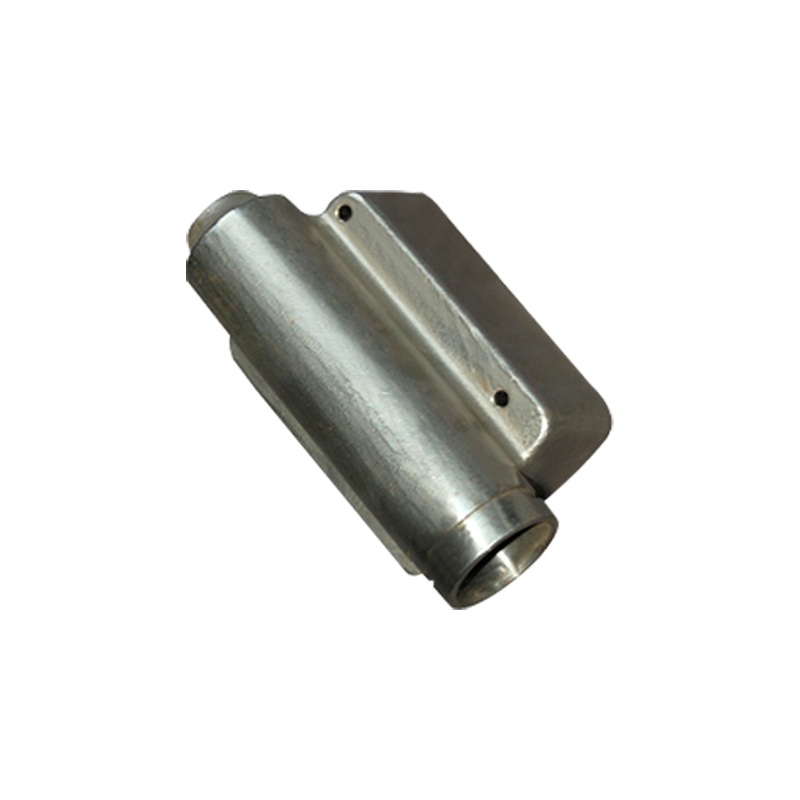Our quality assurance services and processes ensure the reliability of our products and your satisfaction.
Introduction
Drilling rigs are essential for extracting oil and gas from underground reservoirs. The reliability and performance of these rigs heavily depend on the quality of their steel casting parts, which must withstand extreme mechanical stresses, corrosive environments, and high temperatures. With increasing demand for efficiency, safety, and sustainability in the energy sector, the manufacturing of drilling rig casting steel parts is evolving rapidly.
1. Advanced Materials and Alloy Development
To meet the harsh demands of drilling operations, steel alloys used in casting parts are being continuously improved. Future trends include the development of specialized high-strength, wear-resistant, and corrosion-resistant alloys.
Nano-alloying: Incorporating nanoparticles into steel matrices can significantly improve mechanical properties such as toughness and fatigue resistance.
Composite materials: Steel combined with other metals or ceramics enhances performance without adding excessive weight.
Customized alloys: Tailoring chemical compositions to specific drilling environments ensures optimal performance, such as resistance to sour gas corrosion or abrasive sediments.
These innovations not only extend the service life of parts but also reduce maintenance costs and downtime.
2. Improved Casting Technologies
Traditional casting methods, while effective, have limitations in precision and defect control. The future points to more advanced casting technologies:
Investment casting: Allows production of complex geometries with fine surface finish and dimensional accuracy, reducing machining requirements.
Lost foam casting: Offers better control of metal flow and cooling, minimizing porosity and shrinkage defects.
Automated pouring systems: Robotics and computer-controlled pouring ensure consistent metal flow rates and temperature control, improving yield and repeatability.
Directional solidification and controlled cooling: Techniques that influence microstructure formation, enhancing mechanical properties by controlling grain size and distribution.
These technological improvements reduce scrap rates, increase product quality, and improve production efficiency.
3. Additive Manufacturing and Hybrid Approaches
Additive manufacturing (AM), or 3D printing, is revolutionizing metal part production, including casting molds and even direct metal parts.
3D-printed molds and cores: Rapidly produce complex shapes that are difficult or costly to make with traditional tooling, enabling more design freedom and faster prototyping.
Direct metal printing: Although still limited for large parts, metal AM allows production of highly complex components with internal channels or optimized structures for weight reduction.
Hybrid manufacturing: Combines casting with AM-produced components or tooling to leverage the strengths of both. For example, a casting could be reinforced with 3D-printed inserts or have sections produced additively for high-wear areas.
These approaches shorten lead times, reduce material waste, and enable more customized, high-performance parts.
4. Digitalization and Industry
The integration of digital technologies is transforming manufacturing into a more intelligent and adaptive process:
IoT and sensors: Embedded sensors in casting equipment collect real-time data on temperature, flow, pressure, and chemical composition, enabling precise process control.
AI and machine learning: Analyze large data sets to predict casting defects such as cracks or porosity before they occur, optimize process parameters, and schedule maintenance.
Digital twins: Virtual replicas of the casting process and equipment simulate scenarios to optimize designs and predict performance without physical trials.
Cloud computing: Facilitates collaboration and data sharing across production sites and supply chains, improving responsiveness and quality consistency.
Digitalization leads to reduced downtime, lower costs, and higher-quality products with fewer defects.
5. Environmental and Sustainability Initiatives
The casting industry is increasingly focused on reducing its environmental footprint:
Energy-efficient furnaces: Adoption of induction and electric arc furnaces with better energy recovery systems reduces greenhouse gas emissions.
Eco-friendly binders and sand reclamation: Using biodegradable binders and recycling casting sand lowers waste and pollution.
Steel recycling: Higher incorporation of recycled scrap steel in casting reduces the need for virgin raw materials and energy consumption.
Waste heat recovery: Utilizing heat from casting operations for other plant processes increases overall energy efficiency.
Sustainability efforts align with global environmental goals and improve the social license to operate for manufacturers.
6. Quality Control and Testing Enhancements
Ensuring the reliability of drilling rig steel parts is critical for safety and performance:
Advanced non-destructive testing (NDT): Techniques such as ultrasonic phased array, X-ray tomography, and eddy current testing detect internal and surface defects with higher resolution and speed.
In-process monitoring: Sensors embedded in molds or casting equipment can detect anomalies in real time, allowing immediate corrective action.
Digital inspection and data analysis: Automated visual inspection combined with AI algorithms helps identify subtle surface defects and dimensional deviations.
Predictive maintenance: Using historical and real-time data to anticipate equipment failures, reducing unplanned downtime.
These measures enhance product reliability, reduce costly recalls or failures, and ensure compliance with industry standards.
 Language
Language
 FT CASTING
FT CASTING















